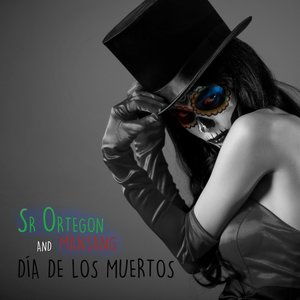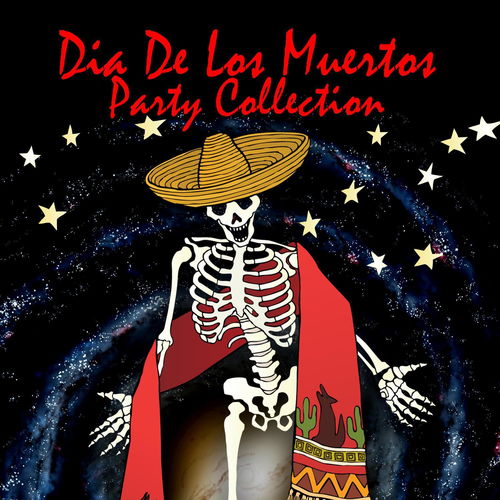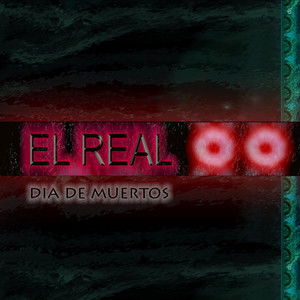Tone El Dia de los Muertos
The Day of the Dead, known as “El Dia de los Muertos” in Spanish, is a vibrant and deeply rooted tradition celebrated in Mexico and among Mexican communities worldwide. This holiday honors the memory of deceased loved ones, blending Catholic and indigenous beliefs. As you delve into the rich tapestry of this celebration, you’ll find a tapestry of colors, flavors, and rituals that pay homage to the departed.
Origins and Significance

El Dia de los Muertos has its roots in the Aztec festival of Mictecacihuatl, the goddess of the dead. The Spanish conquest brought Catholicism to Mexico, and over time, the indigenous traditions merged with Catholic observances. The holiday is celebrated on November 1st and 2nd, coinciding with the Catholic holidays of All Saints’ Day and All Souls’ Day.
Preparation and Rituals

Preparation for El Dia de los Muertos begins weeks in advance. Families clean and decorate their homes, creating altars (ofrendas) dedicated to their deceased loved ones. These altars are adorned with marigold flowers, candles, and photographs of the departed. Paper cutouts, known as papel picado, are hung around the home to welcome spirits back to the world of the living.
One of the most significant rituals is the creation of sugar skulls. These skulls are made from sugar and decorated with icing, colored sugar, and sometimes glitter. Each skull is inscribed with the name of a deceased loved one. Another popular item is the “calaveras,” or skeleton figures, which are often depicted in everyday activities, such as playing cards or dancing.
Food and Drink

Food plays a central role in El Dia de los Muertos. Traditional dishes like pan de muerto, a sweet bread with bone-shaped imprints, are baked and shared with family and friends. Other popular foods include mole, a rich chocolate sauce served over meats, and tamales. The flavors are often spicy, reflecting the fiery nature of the holiday.
Alcohol is also a significant part of the celebration. Tequila, mezcal, and pulque are commonly consumed, often in the form of a “muerto,” a cocktail made with tequila, orange juice, and grenadine.
Art and Music
Art and music are integral to El Dia de los Muertos. Artists create intricate sugar skulls, marigold arrangements, and papel picado. Traditional music, such as mariachi and brass bands, fills the streets, adding to the festive atmosphere.
Public Celebrations
Public celebrations are a hallmark of El Dia de los Muertos. In Mexico City, the Z贸calo is transformed into a massive altar, showcasing the intricate ofrendas of various communities. In Oaxaca, the Guelaguetza festival features traditional dances, music, and food.
El Dia de los Muertos Around the World
The Day of the Dead has gained international recognition, with celebrations taking place in countries like the United States, Canada, and even in some European cities. In these places, the holiday is often embraced by non-Mexican communities, who create their own unique interpretations of the tradition.
Conclusion
El Dia de los Muertos is a celebration that transcends time and culture. It’s a time to remember and honor those who have passed, while also embracing the joy of life. The vibrant colors, rich flavors, and heartfelt rituals make this holiday a truly unforgettable experience.
| Day | Activity |
|---|---|
| November 1st | Honoring children and infants who have passed away |
| November 2nd | Honoring adults and ancestors |



